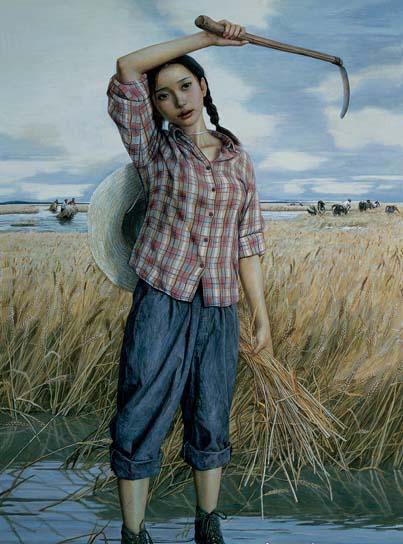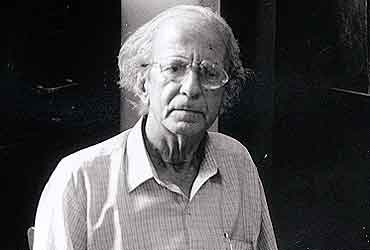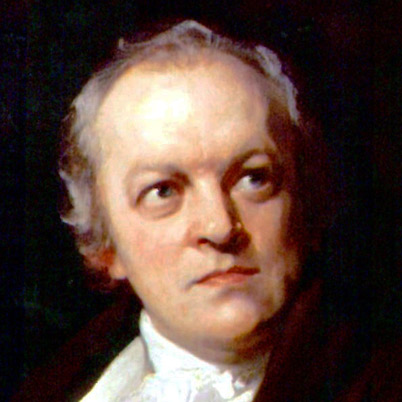The poet laureate who launched the romantic age in Britain with themes of nature in his poetry, William Wordsworth’s To the Cuckoo, is a classic example of his style of poetry. We have given here, To The Cuckoo: Analysis.
To The Cuckoo: Analysis
Consisting of 8 quatrains, this poem is directly addressed to the cuckoo bird. The poet’s tone throughout the poem is reverential and nostalgic. To the Cuckoo begins in a very conventional manner, with the poet welcoming the bird, calling him a “blithe newcomer,” hence projecting an image of a carefree, merry bird who is disconnected from the restraints of the human materialistic life and who revels in his freedom. The poet is happy to see the bird but calls the bird a “wandering voice” as he has only heard his voice but has never seen the cuckoo in person.
The poet then begins narrating how he came across the cuckoo’s song while he was lying on the grass. He recognizes the bird by his distinguishable twofold cry, which echoes across hills and valleys, submerging the poet in his voice. In the third stanza, the poet confesses how the bird’s songs about flowers and valleys actually transport him to his childhood days and acts as a catalyst in bringing back memories of his past. Then the poet moves on to clearly state that, in actuality, he has never seen the bird but has only heard his voice. The cuckoo remains a mystery to the poet. Continuing with the nostalgic tones, the poet narrates how in his school days, he used to desperately search for the cuckoo in every possible haunt, be it bushes or trees, or the sky. The cuckoo’s melody enthralled the poet and awakened within him a desire to find the source of this enchantment.
Wordsworth used to wander aimlessly in search of the cuckoo because he wanted to see his object of devotion with his own eyes. In this stanza itself, the poet declares his love for the cuckoo and gives the reader insight into what the bird truly meant to him and how he still hopes and yearns to see the bird. Even though a lot of time has passed since his boyhood, he hasn’t given up and believes that he will succeed in locating his cuckoo bird. The poet travels back to the present in the seventh stanza as he informs the cuckoo bird that he still listens to his voice while lying down on the grass. Using the cuckoo’s voice as a porthole, the poet travels back to the golden days of his childhood. Referring to his childhood as golden, the poet explains how precious his past memories are to him. In the final stanza, the poet States the two contradictory pictures of the earth as a place filled with restrictions of materialistic life and as a place that is brimming with mystical wonders of nature. Such a versatile place is fit for the cuckoo’s dwelling as it, too, is mysterious, having such a voice yet hidden from the poet’s view. Wordsworth’s To the Cuckoo is an ode to the mysterious nature of the cuckoo bird, and at the same time, it celebrates the beauty of nature. Wordsworth lives up to his reputation of being a romantic poet as he refers to the days of his childhood as “golden” and “visionary.” Directly addressed to the cuckoo, this poem has undertones of a reference to time as, like the bird, its presence can be felt, but it is intangible and beyond the periphery of human vision.
To The Cuckoo Poetic Devices
Alliteration
- Wandering Voice
- Hill to hill
- Blessed bird
The repetition of initial consonant sounds and alliterations creates rhythm and mood in the poem to capture the reader’s interest.
Extended Metaphor
The entire poem can be taken in its totality as an extended metaphor of time. It may be through the cuckoo; the poet is actually referring to time. Time is unstable and wanders of its own accord. Also, one can only revisit the past through the portals of time, the same way the poet relives his childhood memories, using the cuckoo’s song as his porthole.
Anthropomorphism
The cuckoo has been repeatedly given certain human attributes. Babbling, shouting, and crying- the terms used to describe the cuckoo’s articulation, are actually the vocal characteristics of humans.
Onomatopoeia
The ‘O’ used to address the cuckoo is an actual sound that is made to call somebody, more commonly called “Oh!” In poetry is often used to create the rhythmical cadences of music without the addition of actual instrumentation.
Hyperbole
Wordsworth makes use of exaggeration in this poem to focus on certain aspects of the cuckoo and nature. The earth is called an “unsubstantial, faery place.” This is to create an image of a mystical place and also, to add mystery to the cuckoo who the poet has never seen in actuality.
The poet refers to his childhood as the “golden time.” This is done to establish how precious the memories of his childhood are to him.
Imagery
The poet makes immense use of imagery in To the Cuckoo. The reader’s mind is painted with the picture of Spring in England. The usage of words like sunshine, flowers, and Vale (valley) creates a sunny and happy image. The constant reference to green fields and the cuckoo give this poem a pastoral touch and showcase the poet’s attachment to nature. Calling the cuckoo “blithe” and expressing his joy in welcoming back the cuckoo, the poet gives the poem undertones of happiness and ecstasy. The poet also gives away the season when he refers to the cuckoo as the “Darling of Spring.”
Rhyme Scheme
To the Cuckoo is a poem consisting of eight stanzas, each being a quatrain, i.e., consisting of four lines. A rhyme scheme of ABAB is followed throughout the poem. Thus, the poem follows an alternate rhyme scheme.
To The Cuckoo Central Idea
To the Cuckoo by William Wordsworth encapsulates the rush of nostalgia that the Cuckoo bird brings into the poet’s life. The poet expresses his adoration for the bird who he has never seen but knows by his voice. Wordsworth pines to see the bird who transports him back to his days of boyhood so effortlessly with just its voice. The Cuckoo bird has been described as a porthole by the poet. The poet is shown to rely not on his sight but on the emotions the cuckoo arouses in him.
To The Cuckoo Themes
Being majorly a romantic poet, Wordsworth’s poems have recurring themes of nature. To the Cuckoo is a poem of the romantic genre as it romanticizes the cuckoo bird.
Nature is a prevalent theme as the poet talks about flowers and valleys, and the poem is an ode to the cuckoo, an element of nature. The poet is lying on the grass when he hears the cuckoo’s cry, which echoes across hills. This shows the poet’s deep attachment to nature.
Nostalgia is also a dominating theme in the poem as the poet talks about how he remembers the cuckoo’s voice from his childhood and how it transports the poet to his younger “golden days.” The citation of “visionary hours” implies times that the poet cannot get back.
The poet’s happiness can be felt throughout the poem by using terms like “rejoice,” “Thrice welcome, darling of the Spring!”. The cuckoo’s arrival fills the poet with ecstasy as he can revisit his boyhood memories with the cuckoo’s song as a porthole.
The poet’s hope and yearning are reflected when he expresses how he desperately used to look for the cuckoo in every possible place and his undeterred hope that he will find his love, the cuckoo, someday.
Written by William Wordsworth, To the Cuckoo captures Wordsworth’s love for nature and all the accompanying elements of nature. This is a lyrical pastoral poem that is an ode to the cuckoo bird. The poet describes the significance of the voice of the cuckoo bird in his life. His poem focuses on how the cuckoo bird in spring, a season that welcomes happiness and vitality, enters his life and takes him on a trip down the memory lane of golden times. The poet’s tone is merry and light. Wordsworth also uses imagery and other literary devices to convey the immortality and visionary gleam he feels when he hears the cuckoo. I hope this To The Cuckoo: Analysis helps.
Updated by Anjali Roongta on 22nd April 2023.
Some online learning platforms provide certifications, while others are designed to simply grow your skills in your personal and professional life. Including Masterclass and Coursera, here are our recommendations for the best online learning platforms you can sign up for today.
The 7 Best Online Learning Platforms of 2022
- Best Overall: Coursera
- Best for Niche Topics: Udemy
- Best for Creative Fields: Skillshare
- Best for Celebrity Lessons: MasterClass
- Best for STEM: EdX
- Best for Career Building: Udacity
- Best for Data Learning: Pluralsight














this is an outstanding analysis and it’s really beneficial to any learner giving analysis, summary and everything a person needs about the poem …Keep going you are doing a great job guys.